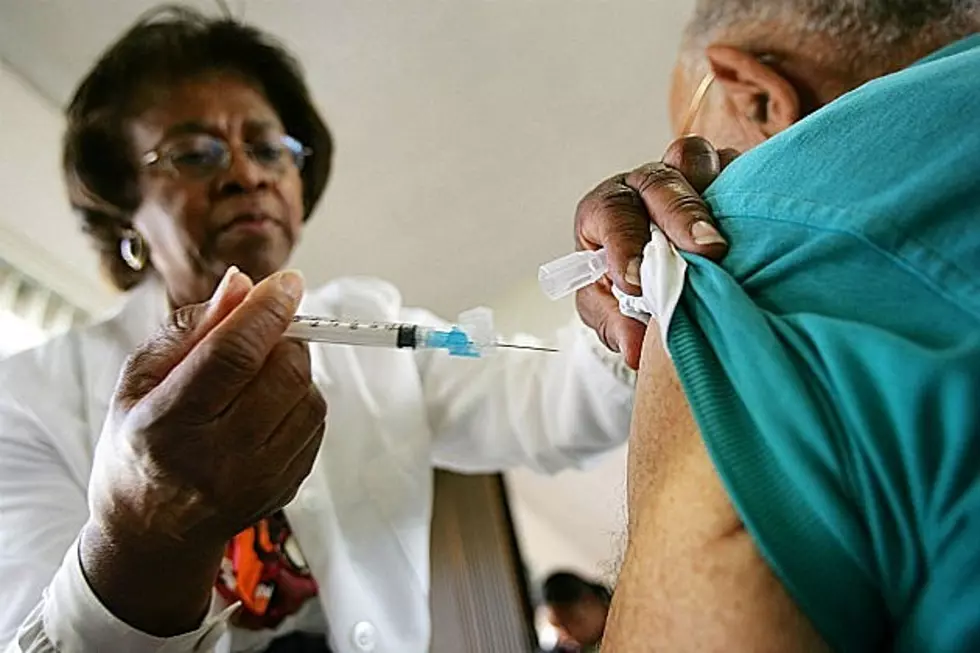
Places to Avoid If You Don’t Want to Get Sick
Here are the eight germiest places to avoid if you want to stay healthy!
With our area wrestling with a flu breakout, here are some tips on places and things to avoid in order to not come in contact with nasty viruses and bacteria.
The Grocery Store
Things to avoid: Shopping cart handles and seat buckets.
Shopping cart handles are a breeding ground for infectious viruses and gut-wrenching bacteria.
“Customers may sneeze, wipe their noses, then touch the cart handles,” says Lola Stamm, M.S., Ph.D., a microbiologist at the University of North Carolina, Chapel Hill.
They’re also contaminated by children’s dirty hands. Use disinfecting wipes on handlebars and seats - many stores now offer these at the entrance.
Children's Playgrounds
Be it the swings, jungle gym and other equipment, playgrounds are germ minefields. Kids touch everything they see and often put them in their mouths. Wash hands thoroughly or use hand sanitizer after returning from playground, using the bathroom and changing diapers.
Public Restrooms
Most women worry about public toilets. Well, you can sit a little easier now: The porcelain throne is not the biggest restroom offender. It’s the sink. Bacteria swarm on the sink tap or faucet handles, because we touch them right after using the toilet.
In a study of 113 work surfaces in offices in five of the nation’s big cities, researchers found more than 25,000 bacteria hitching a ride on telephones. Desks and computer keyboards followed close behind.
Table surfaces and high chairs are the germiest places here. When busboys wipe down a table or chairs, their dirty rags may be spreading a small film of E. coli. High chairs harbor fecal bacteria too, because they hold diaper-wearing tots.
Carry sanitary wipes to swipe the tabletop and high chairs when you’re seated.
Libraries
Why so germy? Lots of people shuffle through and peruse books, log on to computers and touch countertops.
What to avoid: escalator handles
They’re teeming with germs, according to a study published in a 2005 issue of the International Journal of Environmental Health Research. Scientists took samples from dozens of escalator handrails across the country and found 19% showed high bacterial contamination.
More From News Talk KIT









